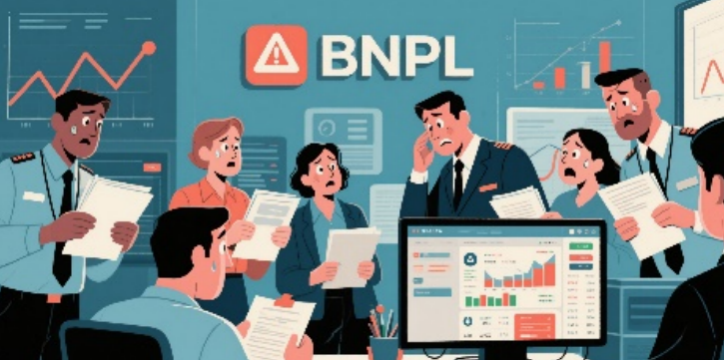Reducing investment risk is a subject that every investor must face directly and study carefully in the process of pursuing income, which is related to the steady growth of wealth and the continuous construction of investment confidence.

The sources of investment risk are complex and diverse. Market fluctuation is one of them. Changes in macro-economic situation and adjustment of industrial policies will lead to fluctuations in market prices. For example, in the economic recession, corporate profits decline, and stock prices often plummet; The policy support of emerging industries may lead to a sharp rise in related stocks. Furthermore, the risk of the investment target itself cannot be ignored. The operational performance and financial soundness of a company directly determine its investment value. Once there are problems such as poor management and financial fraud, investors may lose all their money. In addition, there are force majeure factors, such as natural disasters and global public health events, which impact the whole financial market in an unpredictable and powerful way and disrupt the layout of investors.
To reduce investment risk, diversified investment is a common and key measure. Spreading funds to different asset classes, such as stocks, bonds, funds, real estate, gold, etc., can balance risks and benefits to a certain extent. Stocks have high returns but high risks, bonds are relatively stable but low returns, and gold often performs well during inflation. In this way, when an asset is hit hard, other assets may not be affected or even play a buffer role. For example, when the stock market falls sharply, the stable income of bond investment can alleviate the loss of the overall portfolio.

Long-term investment is also a wise choice to reduce risks. In the short term, the market is full of uncertainty and speculative fluctuations, and the price is greatly influenced by various news and emotions. Investors are easy to get lost in short-term fluctuations and make wrong decisions. Long-term investment can overcome these short-term noises and value the intrinsic value of assets and the long-term growth potential of enterprises. Even if many high-quality enterprises experience short-term performance decline, they can achieve value return and growth in a long period by virtue of their core competitiveness and industry position, so that investors can share the growth dividend of enterprises and reduce the risk of being forced to stop losses due to short-term fluctuations.
Choosing the right asset allocation is very important to control risks. Based on their own risk tolerance, investment objectives, and investment horizon, they should reasonably determine the allocation of various assets within the portfolio. For investors with low risk tolerance and conservative investment, the allocation ratio of low-risk assets such as bonds and money funds can be increased; For investors who pursue high returns and have strong risk tolerance, they can appropriately increase the proportion of equity assets such as stocks and equity funds, but they still need to be careful not to over-concentrate.

It is also essential to use effective risk management tools. Stop-loss instruction is one of them. Investors can set a stop-loss point in advance, and when the asset price falls to this price, it will automatically trigger the stop-loss instruction to stop the loss in time to avoid further expansion of the loss. In addition, the regular evaluation and adjustment of the portfolio is also crucial. The financial market and investors' own situation are constantly changing. We should review the investment portfolio regularly, adjust the asset allocation in time according to the changes in the market environment, their own financial situation and investment objectives, eliminate assets with poor performance or inconsistent with investment strategies, increase new assets with potential and value, and ensure that the investment portfolio is always in an optimal state, so as to cope with risks and realize the steady appreciation of wealth.







